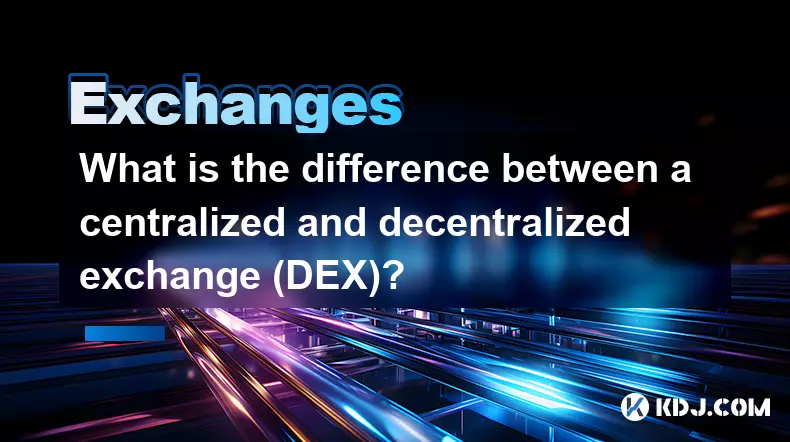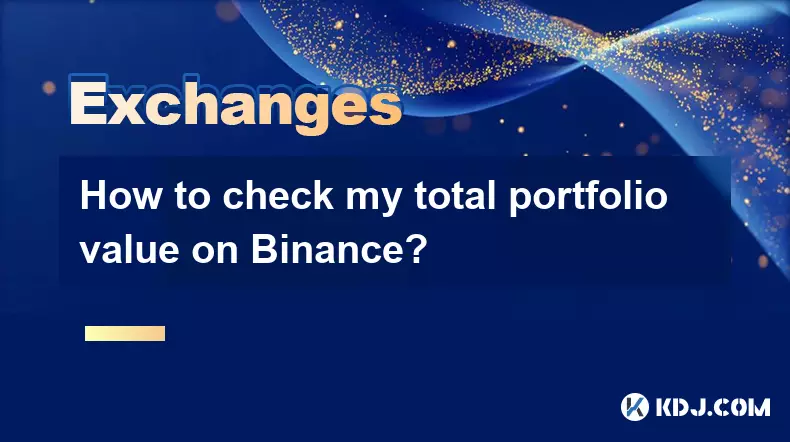-
 bitcoin
bitcoin $112715.707551 USD
-1.71% -
 ethereum
ethereum $4101.475385 USD
-3.01% -
 tether
tether $1.000644 USD
-0.02% -
 bnb
bnb $1207.619465 USD
-6.77% -
 xrp
xrp $2.501451 USD
-3.98% -
 solana
solana $202.947124 USD
-3.32% -
 usd-coin
usd-coin $1.000295 USD
0.04% -
 dogecoin
dogecoin $0.203884 USD
-4.47% -
 tron
tron $0.317154 USD
-1.72% -
 cardano
cardano $0.695009 USD
-4.43% -
 hyperliquid
hyperliquid $38.853961 USD
-8.23% -
 chainlink
chainlink $18.988674 USD
-4.64% -
 ethena-usde
ethena-usde $1.000233 USD
-0.03% -
 stellar
stellar $0.337050 USD
-3.63% -
 bitcoin-cash
bitcoin-cash $536.861728 USD
-1.28%
What are Coinbase's security features?
Coinbase uses advanced 2FA, machine learning, and cold storage with HSMs to secure accounts and assets, minimizing risks from hacks and fraud.
Oct 13, 2025 at 03:55 pm

Coinbase's Multi-Layer Authentication System
1. Coinbase implements a robust two-factor authentication (2FA) system that requires users to verify their identity using both a password and a secondary method, typically through an authenticator app or SMS. This dual verification significantly reduces the risk of unauthorized access.
2. The platform supports hardware-based 2FA devices such as YubiKey, offering stronger protection than SMS-based methods which are vulnerable to SIM-swapping attacks.
3. Each login attempt from a new device triggers additional verification steps, ensuring persistent monitoring of account activity.
4. Coinbase continuously analyzes login behavior using machine learning algorithms to detect anomalies, automatically prompting re-authentication when suspicious patterns emerge.
5. Session management tools allow users to view active sessions and remotely log out devices, giving them control over where their accounts are accessed.
Advanced Cryptographic Storage Protocols
1. The majority of customer funds on Coinbase are stored in offline cold storage systems disconnected from the internet, minimizing exposure to hacking attempts.
2. These cold wallets are secured with multi-signature technology, requiring multiple private keys held by geographically dispersed teams to authorize transactions.
3. Encryption standards used include AES-256 for data at rest and TLS 1.3 for data in transit, aligning with financial industry benchmarks.
4. Private keys are generated and stored in isolated environments using Hardware Security Modules (HSMs), preventing extraction even by internal personnel.
5. Regular cryptographic audits are conducted by third-party firms to validate the integrity of key management processes.
User Protection and Recovery Mechanisms
1. Coinbase offers insured custody services, covering digital assets against theft, loss, and certain types of security breaches up to specific limits.
2. Account recovery workflows require extensive identity verification, including government-issued ID checks and biometric confirmation where available.
3. Users can set up trusted devices and locations, restricting transaction capabilities from unrecognized environments.
4. Real-time phishing detection alerts warn users when they attempt to access Coinbase through fraudulent websites or cloned apps.
5. Transaction monitoring systems flag unusual withdrawal patterns and impose temporary holds when necessary to prevent asset loss.
Frequently Asked Questions
How does Coinbase protect against SIM-swapping attacks?Coinbase discourages reliance on SMS-based 2FA and promotes the use of authenticator apps or hardware tokens like YubiKey. Users who enable these methods eliminate the vulnerability associated with mobile carrier account takeovers.
Are all cryptocurrencies on Coinbase equally protected?Yes, all supported assets benefit from the same underlying security infrastructure, including cold storage allocation, encryption protocols, and insurance coverage. The level of protection does not vary by asset type.
What happens if someone gains access to my email account linked to Coinbase?Even with email access, attackers cannot bypass 2FA requirements or change critical account settings without passing additional identity challenges. Immediate notifications are sent for any attempted changes, allowing prompt user intervention.
Does Coinbase monitor for malware on user devices?While Coinbase does not install software on personal devices, it detects and blocks access from known malicious IP addresses and warns users attempting logins from compromised networks or infected browsers.
Disclaimer:info@kdj.com
The information provided is not trading advice. kdj.com does not assume any responsibility for any investments made based on the information provided in this article. Cryptocurrencies are highly volatile and it is highly recommended that you invest with caution after thorough research!
If you believe that the content used on this website infringes your copyright, please contact us immediately (info@kdj.com) and we will delete it promptly.
- Coinbase and CoinDCX: Navigating the Crypto Exchange Landscape in 2025
- 2025-10-15 13:05:16
- Elon Musk, Dogecoin, and the Elusive Rally: What's the Deal?
- 2025-10-15 12:25:13
- Jamaica, ILO Principles, and Labour Commitment: Navigating a Changing World
- 2025-10-15 13:05:16
- Xbox One Controller Stick Drift: Causes, Fixes, and Prevention
- 2025-10-15 13:10:02
- GROK999K: The AI-Powered Crypto Revolutionizing Blockchain Intelligence
- 2025-10-15 13:10:02
- BTC, ETH, and Crypto Presales: Navigating the Storm with MoonBull & LivLive
- 2025-10-15 11:05:13
Related knowledge

What is the difference between a centralized and decentralized exchange (DEX)?
Oct 14,2025 at 09:37am
Understanding Centralized Exchanges1. Centralized exchanges, commonly referred to as CEXs, operate under a traditional financial model where a central...

What is a crypto exchange like Binance or Coinbase?
Oct 13,2025 at 09:01pm
Bitcoin's Role in Decentralized Finance1. Bitcoin remains the cornerstone of decentralized finance, serving as a primary store of value within the cry...

How to check my total portfolio value on Binance?
Oct 15,2025 at 11:37am
Accessing Your Portfolio Overview on Binance1. Log in to your Binance account through the official website or mobile application. Ensure you are using...

How do I change the currency display in the Binance app?
Oct 10,2025 at 11:36am
Changing Currency Display in the Binance App1. Open the Binance app on your mobile device and log into your account. Navigate to the home screen where...

What is the Binance Flexible Savings product?
Oct 15,2025 at 12:55pm
Understanding Binance Flexible Savings1. Binance Flexible Savings is a financial product offered by the world's largest cryptocurrency exchange, allow...

How to practice trading with a Binance demo account?
Oct 15,2025 at 09:37am
Setting Up a Binance Demo Account1. Navigate to the Binance website and log into your existing account or create a new one if you don’t already have o...

What is the difference between a centralized and decentralized exchange (DEX)?
Oct 14,2025 at 09:37am
Understanding Centralized Exchanges1. Centralized exchanges, commonly referred to as CEXs, operate under a traditional financial model where a central...

What is a crypto exchange like Binance or Coinbase?
Oct 13,2025 at 09:01pm
Bitcoin's Role in Decentralized Finance1. Bitcoin remains the cornerstone of decentralized finance, serving as a primary store of value within the cry...

How to check my total portfolio value on Binance?
Oct 15,2025 at 11:37am
Accessing Your Portfolio Overview on Binance1. Log in to your Binance account through the official website or mobile application. Ensure you are using...

How do I change the currency display in the Binance app?
Oct 10,2025 at 11:36am
Changing Currency Display in the Binance App1. Open the Binance app on your mobile device and log into your account. Navigate to the home screen where...

What is the Binance Flexible Savings product?
Oct 15,2025 at 12:55pm
Understanding Binance Flexible Savings1. Binance Flexible Savings is a financial product offered by the world's largest cryptocurrency exchange, allow...

How to practice trading with a Binance demo account?
Oct 15,2025 at 09:37am
Setting Up a Binance Demo Account1. Navigate to the Binance website and log into your existing account or create a new one if you don’t already have o...
See all articles


























![Staking ATH: How To Stake $ATH in October 2025 with 523% APY — [Step-By-Step Guide] Staking ATH: How To Stake $ATH in October 2025 with 523% APY — [Step-By-Step Guide]](/uploads/2025/10/15/cryptocurrencies-news/videos/staking-ath-stake-ath-october-apy-stepstep-guide/68eef94d80903_image_500_375.webp)















































